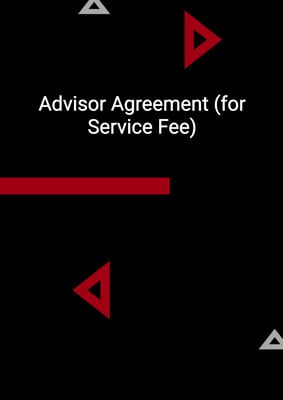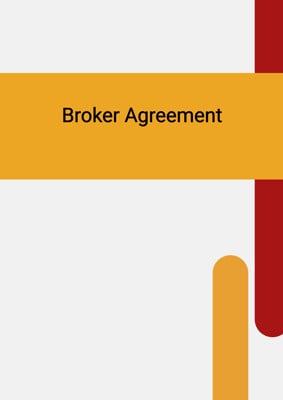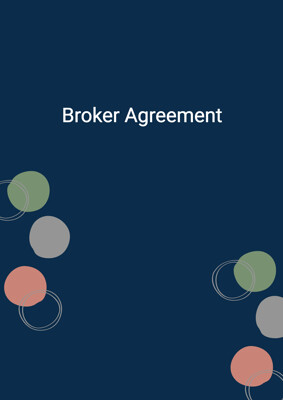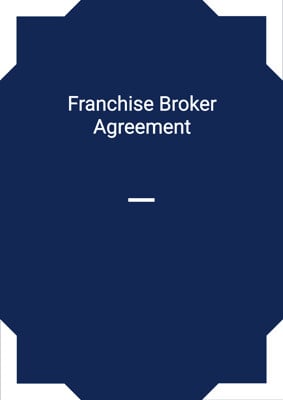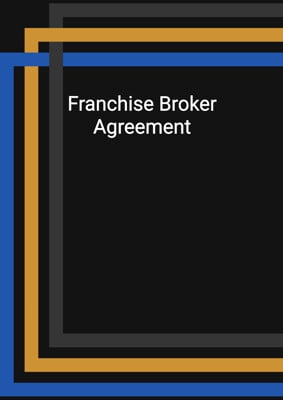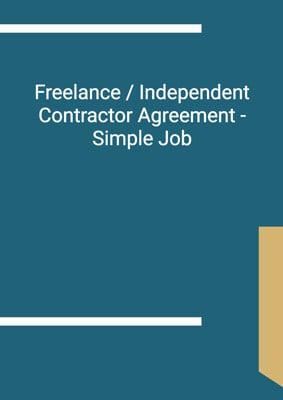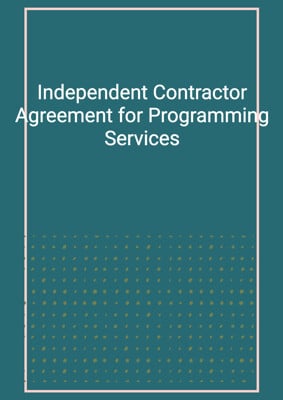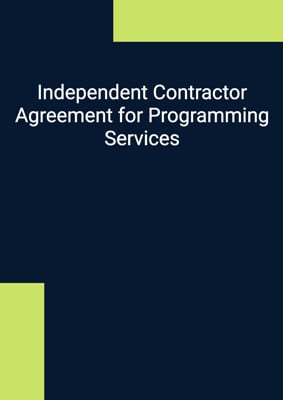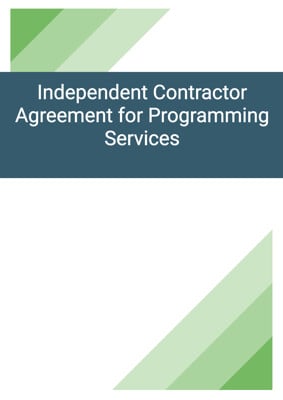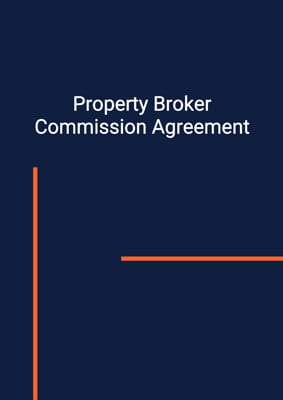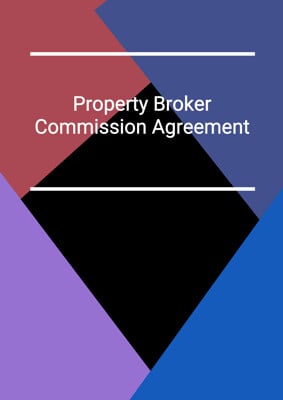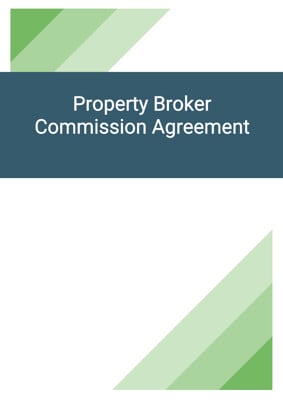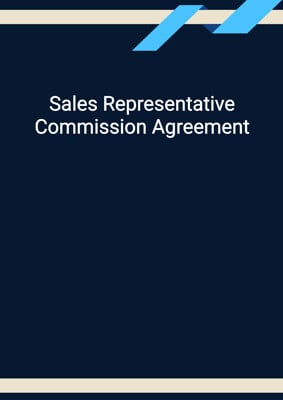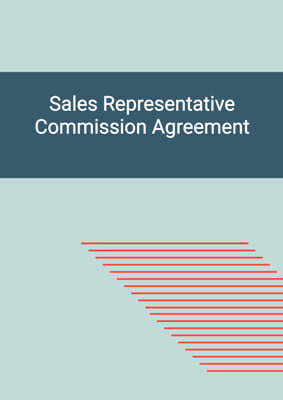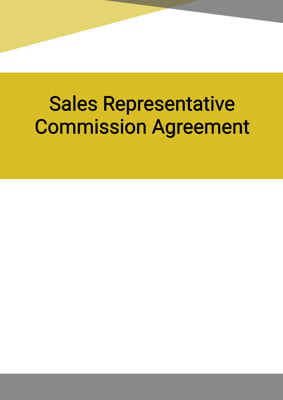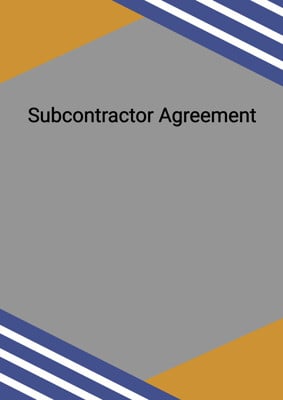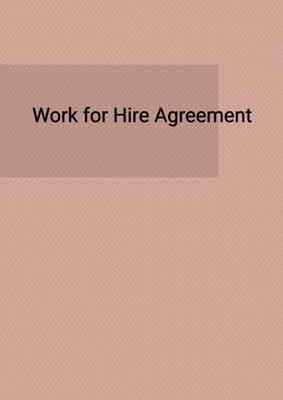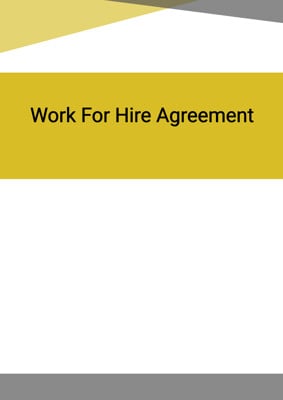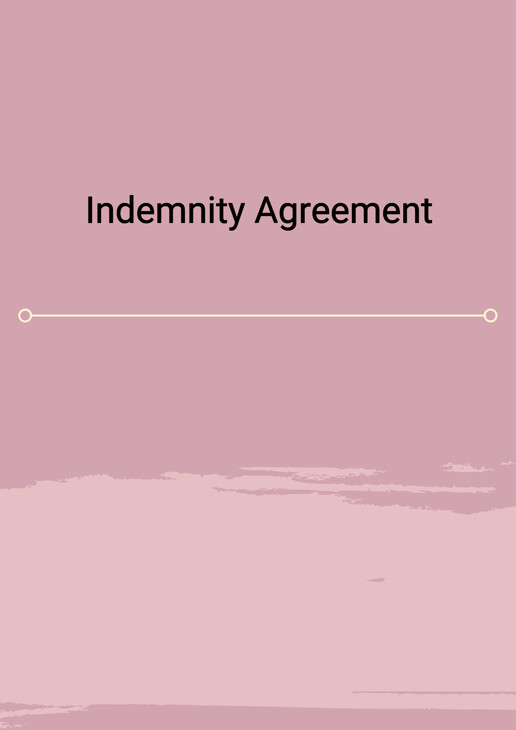
Indemnity Agreement
Independent Contractor
Looking to protect your freelance or independent contractor business? Our Indemnity Agreement has got you covered. Our contract ensures that you're safeguarded against any potential risks and liabilities that could arise during your business dealings. With our expertly crafted agreement, you can establish a strong and trustworthy relationship with your clients while keeping your business safe and secure. Don't leave your business vulnerable to potential legal troubles - trust our Indemnity Agreement to protect your interests. Get started today and experience the peace of mind that comes with knowing your business is secure.
How to Tailor the Document for Your Need?
01
Create Document
Fill in the details of the parties. You can click the "Fill with Member’s Information" button to complete it with information saved to your account.
02
Fill Information
Please fill in any additional information by following the step-by-step guide on the left hand side of the preview document and click the "Next" button.
03
Get Document
When you are done, click the "Get Document" button and you can download the document in Word or PDF format.
04
Review Document
Please get all parties to review the document carefully and make any final modifications to ensure that the details are correct before signing the document.
Document Preview
Document Description
The Indemnity Agreement is a legal document that is entered into between two parties, namely the Contractor and the Client. The purpose of this agreement is to provide protection to the Contractor against any liability, claims, actions, loss, or damage that may arise from the provision of services by the Contractor. The agreement consists of several sections, each addressing different aspects of the agreement.
Section 1: Hold Harmless
This section states that the Client shall fully defend, indemnify, and hold harmless the Contractor against all liabilities, costs, expenses, damages, and losses that may arise from the performance of services. This includes direct, indirect, or consequential losses, loss of profit, loss of reputation, and all other reasonable professional costs and expenses.
Section 2: Mutual Representations
Both parties represent and warrant that they have the authority to enter into this agreement. This ensures that both parties are legally capable of entering into the agreement.
Section 3: Assignment
The Client is prohibited from assigning the agreement or sub-contracting the performance thereof without the prior written consent of the Contractor. This ensures that the Contractor has control over the performance of the services.
Section 4: No Modification Unless in Writing
This section states that no modification of the agreement shall be valid unless it is in writing and agreed upon by both parties. This ensures that any changes to the agreement are properly documented and agreed upon.
Section 5: Severability
If any provision of the agreement is held to be invalid or unenforceable, it shall be deemed not to be included in the agreement. The parties shall then make efforts to replace the invalid or unenforceable provision with a valid and enforceable substitute provision.
Section 6: No Rights for Third Parties
This section clarifies that a person who is not a party to the agreement shall have no right under any laws to enforce any of its terms. This ensures that only the parties to the agreement have rights and obligations under it.
Section 7: Entire Agreement
This section states that the agreement sets out the entire agreement and understanding between the parties in respect of the subject matter of the agreement. This ensures that there are no other agreements or understandings that may contradict or modify the terms of this agreement.
Section 8: Dispute Resolution
The parties are required to use all reasonable endeavors to resolve any disputes amicably and in good faith. This encourages the parties to resolve any disagreements without resorting to legal action.
Section 9: Notices and Service
This section specifies the methods of serving notices between the parties. It states that notices can be served by hand, e-mail, or post, and provides guidelines for determining when a notice is deemed to have been duly given. It also includes the addresses and contact information of the parties for the purpose of serving notices.
Section 10: Execution
This section contains spaces for the signatures of the duly authorized representatives of the parties, along with the date of execution of the agreement.
In summary, the Indemnity Agreement is an important document that protects the Contractor from any liability or claims that may arise from the provision of services. It covers various aspects of the agreement, including the obligations of the parties, dispute resolution, and the process of serving notices.
How to use this document?
1. Enter Contractor and Client Information: Fill in the names and principal places of business of the Contractor and the Client in the agreement. This ensures that both parties are clearly identified.
2. Specify the Service: Clearly describe the service that the Contractor has agreed to perform for the Client. This ensures that both parties are aware of the scope of work.
3. Understand the Hold Harmless Clause: The Client is obligated to defend, indemnify, and hold harmless the Contractor against any liabilities, costs, expenses, damages, and losses arising from the performance of services. Make sure you understand the extent of this obligation.
4. Ensure Authority to Enter into Agreement: Both parties should confirm that they have the authority to enter into this agreement. This ensures that the agreement is legally binding.
5. Prohibition on Assignment: The Client is not allowed to assign the agreement or subcontract the performance without the written consent of the Contractor. Ensure that you comply with this provision.
6. Seek Written Modifications: Any modifications to the agreement must be in writing and agreed upon by both parties. Make sure to document any changes to the agreement.
7. Understand Severability: If any provision of the agreement is invalid or unenforceable, it will be deemed not to be included. The parties should make efforts to replace it with a valid provision.
8. Clarify Third-Party Rights: Only the parties to the agreement have rights under it. Understand that third parties have no right to enforce any terms.
9. Review the Entire Agreement: The agreement sets out the entire understanding between the parties. Make sure you have reviewed all the provisions and understand their implications.
10. Attempt Amicable Dispute Resolution: If a dispute arises, try to resolve it amicably and in good faith before considering legal action. This can help maintain a positive working relationship.
11. Follow Notice and Service Guidelines: Familiarize yourself with the methods of serving notices and the guidelines for determining when a notice is deemed to have been given. Use the provided addresses and contact information for serving notices.
12. Execute the Agreement: Once all the necessary information is filled in and understood, sign the agreement along with the other party's duly authorized representative. Make sure to include the date of execution.
Note: This guidance provides a general overview. It is recommended to consult with legal professionals for specific advice and to ensure compliance with applicable laws and regulations.
Not the right document?
Don’t worry, we have thousands of documents for you to choose from:


